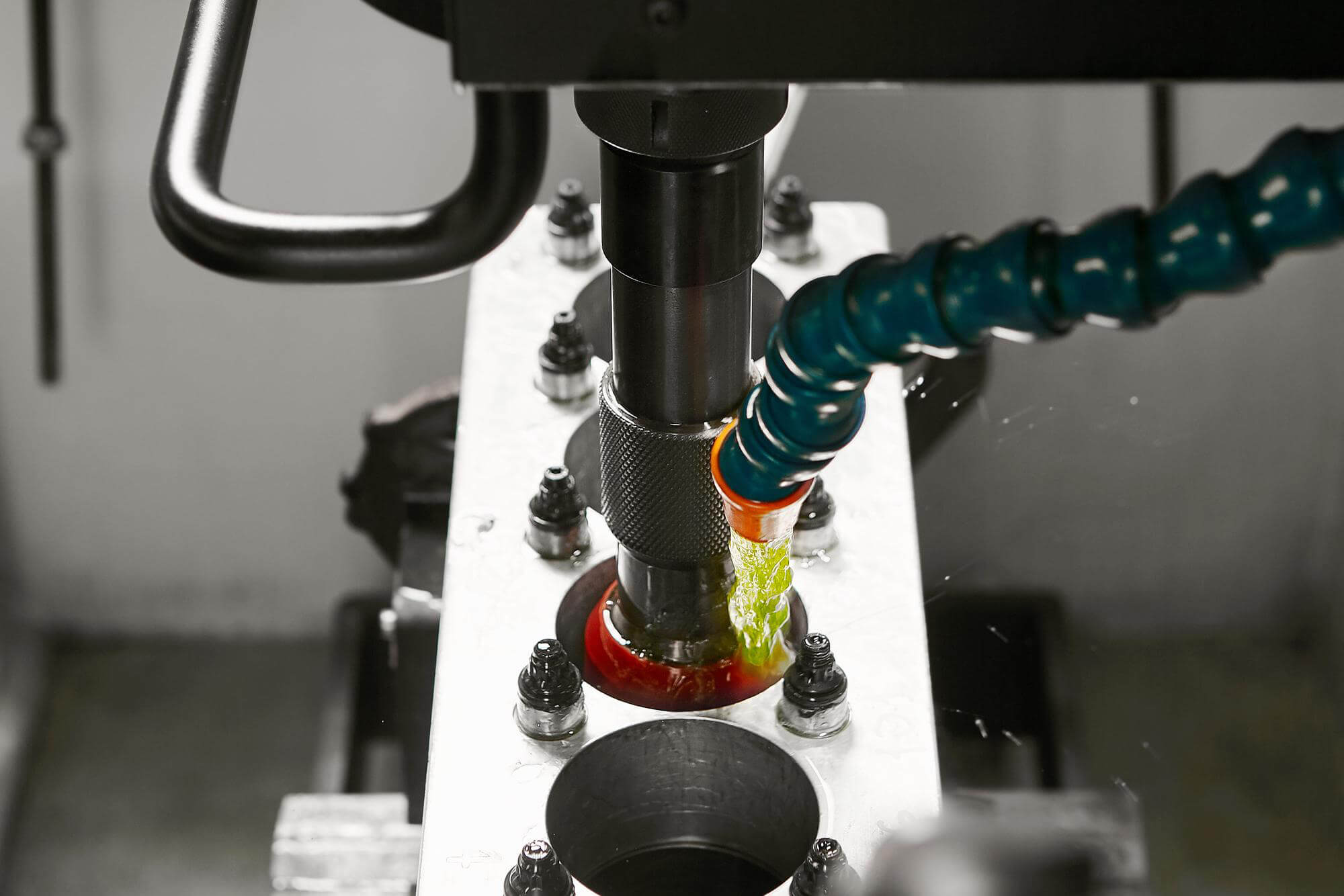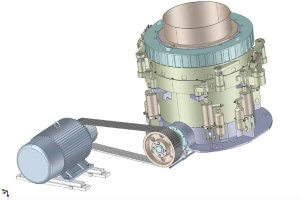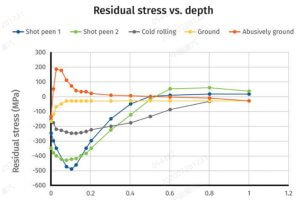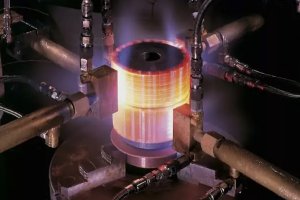When it comes to CNC machining, precision is key. Achieving high precision in CNC lathe parts requires a deep understanding of tool offsets and their functions. Let’s dive into the essentials of tool offsets for CNC precision machining parts, exploring how they work and how to use them effectively.
Tool Offsets: The Basics
Tool offsets in CNC lathes are crucial for ensuring the accuracy of your machining operations. These offsets account for the physical size and shape of the tools, allowing the machine to compensate for any discrepancies. In essence, tool offsets ensure that the machine’s movements are perfectly aligned with the programmed toolpath.
There are two main types of offsets used in CNC lathes:
- Geometric Offsets: These offsets account for the position of the tool in relation to the machine’s reference point. They are used to define the tool’s position in the X and Z axes.
- Wear Offsets: These offsets compensate for tool wear over time. As tools are used, they wear down, affecting their size and shape. Wear offsets allow for fine adjustments to maintain precision.
Programming Tool Offsets
Programming tool offsets in a CNC lathe involves using the T address to specify the tool number and its associated offsets. Unlike CNC milling machines, CNC lathes do not use the M06 function for tool changes. Instead, the T address is used to manage both the tool position and the offsets.
The format for the T address in CNC lathes is typically Txxxyy, where:
- xx: Indicates the tool position number.
- yy: Represents the wear offset number.
For example, T0202 would mean tool number 2 with wear offset number 2.
Here’s a simple breakdown of how to program tool offsets:
- Specify the Tool Position: Use the first two digits (xx) to select the tool position.
- Define the Wear Offset: Use the last two digits (yy) to set the wear offset.
This method ensures that each tool is correctly positioned and compensated for wear, maintaining the precision of the machining process.
Geometric and Wear Offsets
Understanding the difference between geometric and wear offsets is essential for precise machining.
- Geometric Offsets: These are set based on the tool’s geometry relative to the machine’s reference point. For example, if you have a tool that is 50mm long and 10mm wide, the geometric offset will position the tool correctly in the machine’s coordinate system.
- Wear Offsets: These offsets are used to adjust for the gradual wear of the tool. For instance, if a tool wears down by 0.01mm, a wear offset can be applied to compensate for this change, ensuring that the tool cuts accurately.
Implementing Tool Offsets in Programs
When implementing tool offsets in CNC programs, it is essential to understand the order and method of activation. There are two primary methods to activate tool offsets:
- Separate Offset Activation: This involves activating the offset in a separate line before any movement commands. For example:
N1 G00 T0202This command sets tool number 2 with wear offset number 2.
- Integrated Offset Activation: This method combines the offset activation with a movement command. For example:
N1 G00 X100.0 Z50.0 T0202This command moves the tool to X100.0 and Z50.0 while activating tool number 2 with wear offset number 2.
Tool Offsets for Different Operations
CNC lathes perform various operations, including turning, facing, and grooving. Each operation requires precise control of tool offsets to achieve the desired dimensions and surface finish.
- Turning: This operation involves removing material from the outside diameter of a workpiece. Geometric offsets ensure the tool is correctly positioned, while wear offsets compensate for tool wear, maintaining the accuracy of the turned diameter.
- Facing: This operation involves cutting the end of the workpiece to create a flat surface. Offsets ensure the tool is positioned correctly to achieve a smooth, perpendicular face.
- Grooving: This involves cutting grooves into the workpiece. Precise offsets are crucial to ensure the grooves are cut to the correct depth and width.
Example Program
Here’s an example program for a CNC lathe that demonstrates the use of tool offsets:
O1001
(Turning Operation)
N1 G20 T0100
N2 G50 S3000
N3 G96 S500 M03
N4 G00 X100.0 Z10.0 T0101 M08
N5 G01 X50.0 Z0.0 F0.2
N6 G00 X100.0 Z10.0
(Facing Operation)
N7 T0200
N8 G96 S600 M03
N9 G00 X0.0 Z2.0 T0202 M08
N10 G01 X50.0 F0.2
N11 G00 X100.0 Z10.0
M30In this program:
- N1-N6: Perform a turning operation with tool 1 and its offsets.
- N7-N11: Perform a facing operation with tool 2 and its offsets.
By correctly setting and using tool offsets, we ensure that each machining operation is performed with the highest precision.
Precision in CNC machining is achieved through a thorough understanding and implementation of tool offsets. Geometric and wear offsets play critical roles in maintaining accuracy and compensating for tool wear. By mastering these offsets, CNC operators can ensure that their parts meet the exact specifications required for high-quality machining.
Other Articles You Might Enjoy
- Tool compensation in CNC machining, our quest for precision in CNC machining
Introduction to CNC Machining and Precision CNC (Computer Numerical Control) machining stands at the forefront of modern manufacturing, utilizing computerized controls to operate complex machinery with remarkable accuracy. This process…
- Elevating Precision Standards through Chamfer in CNC Machining
1. Introduction: The Pursuit of Unparalleled Precision In the realm of CNC machining, precision is paramount. This section introduces the article by exploring the significance of precision in manufacturing and…
- Precision Prowess: Unveiling the Advantages of China CNC Machining
1. Introduction: The Role of Precision in Manufacturing Excellence In this introductory section, we delve into the critical role that precision plays in manufacturing and set the stage for an…
- Revolutionizing CNC Machining for Complex Aerospace Assemblies
Introduction to CNC Machining in Aerospace Assemblies Computer Numerical Control (CNC) machining represents a significant technological development playing a notable role in the creation of complex aerospace assemblies. CNC machining…
- The Role of Prototype Machining in Accelerating Product Development
Introduction: The Importance and Definition of Prototype Machining Prototype machining is a critical element advancing product development. It involves the technique of manufacturing an early model or sample, known as…
- Maximizing Precision in CNC Machining: Techniques and Tips
Importance of Precision in CNC Machining Precision is an fundamental component in the field of Computer Numerical Control (CNC) machining. It entails producing parts that are not only accurate but…









